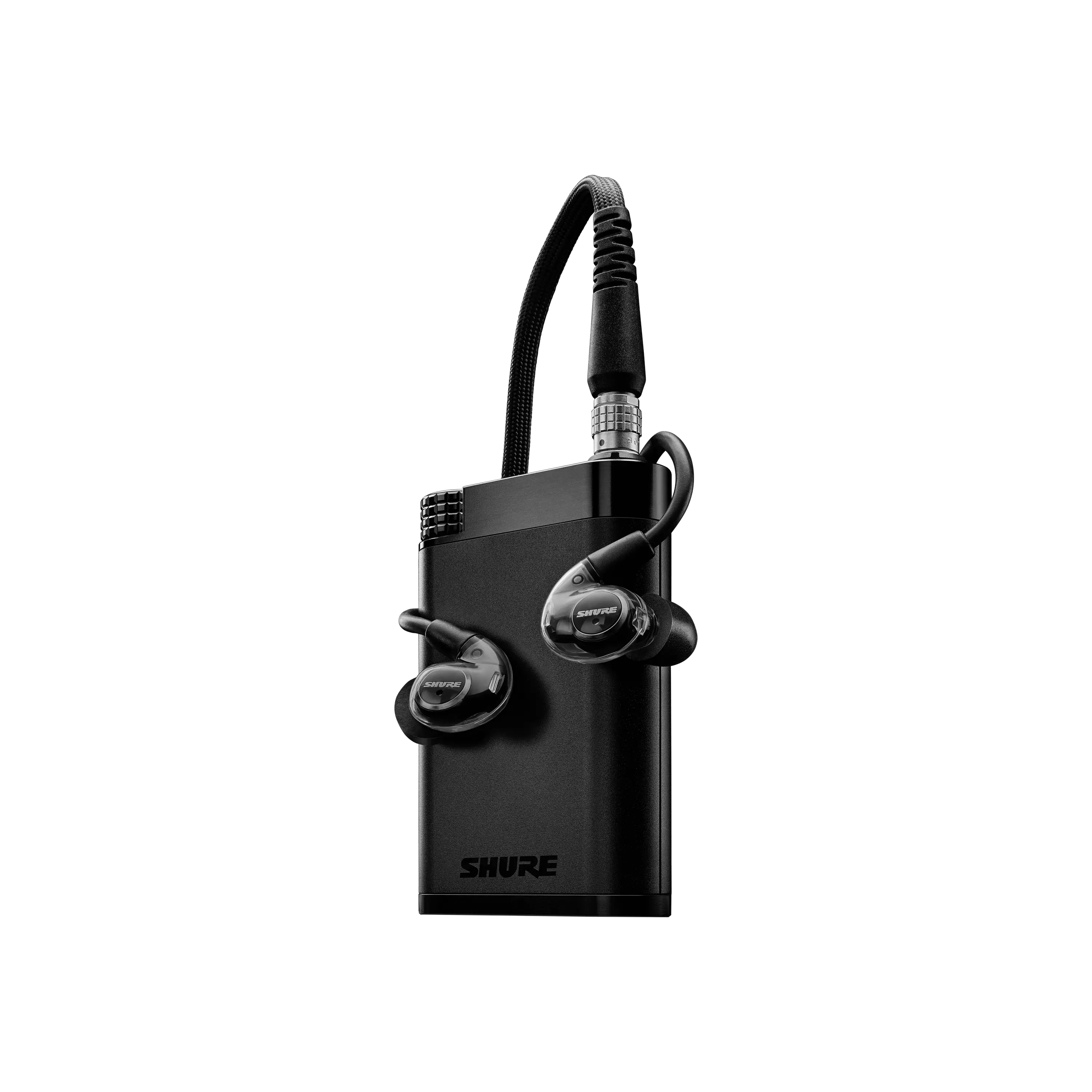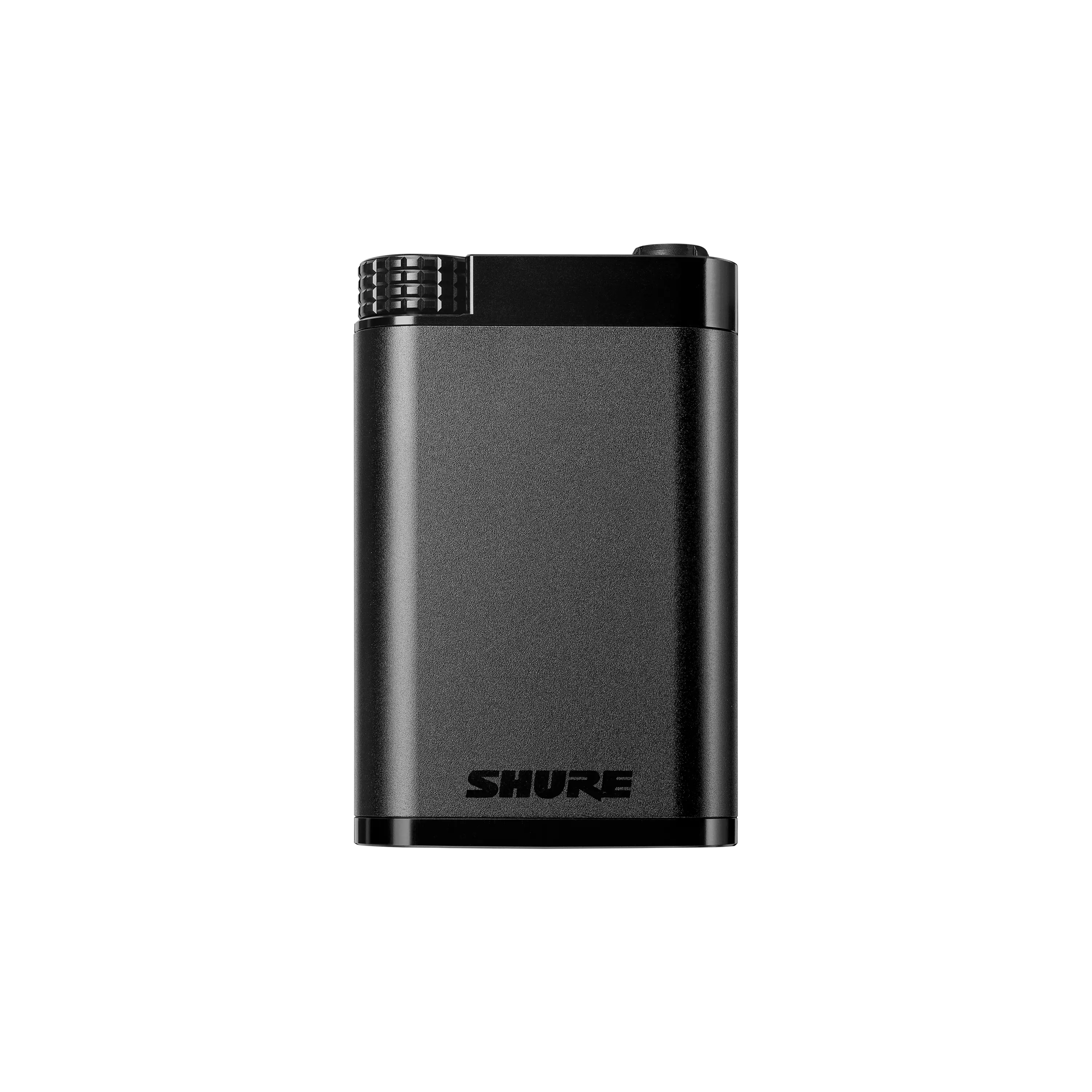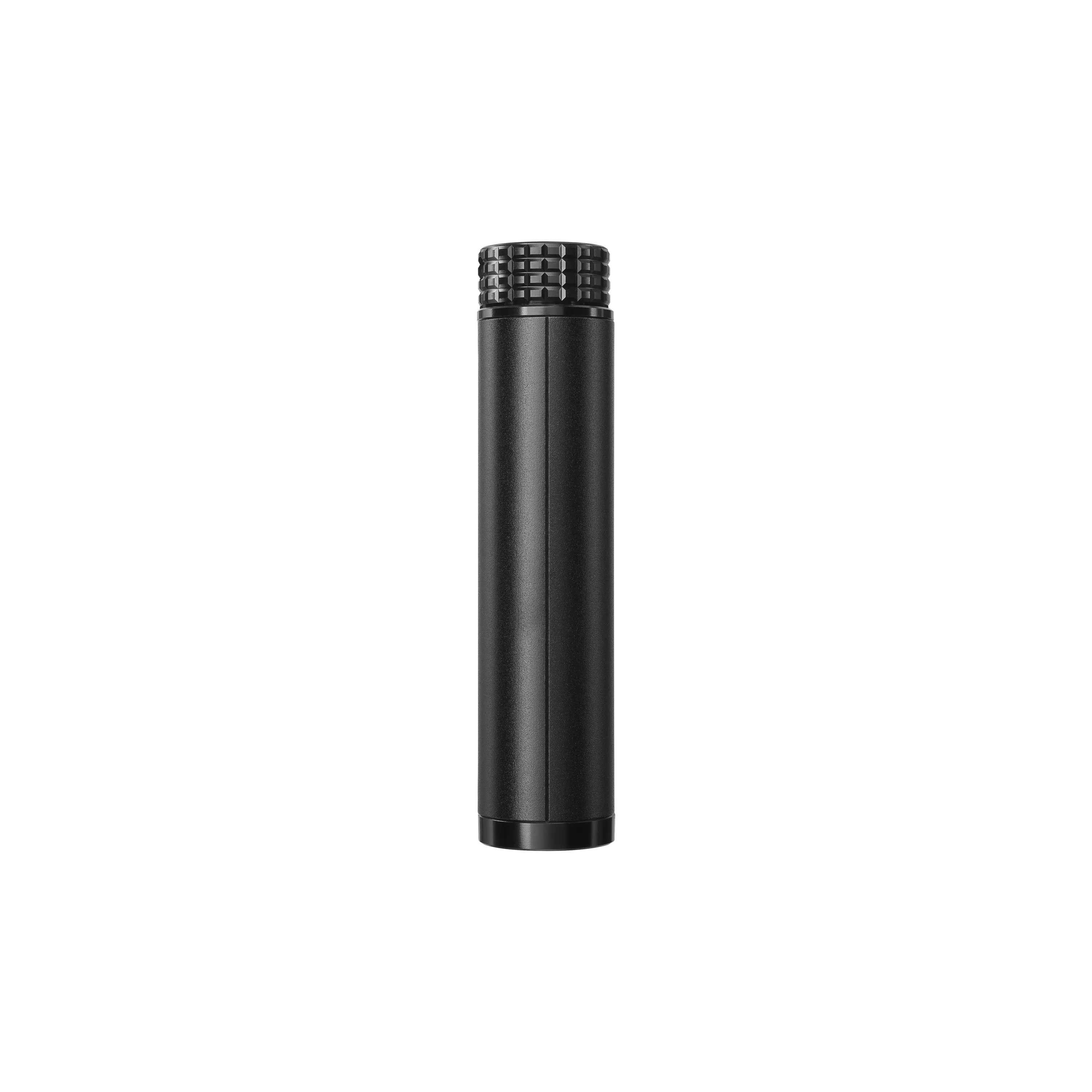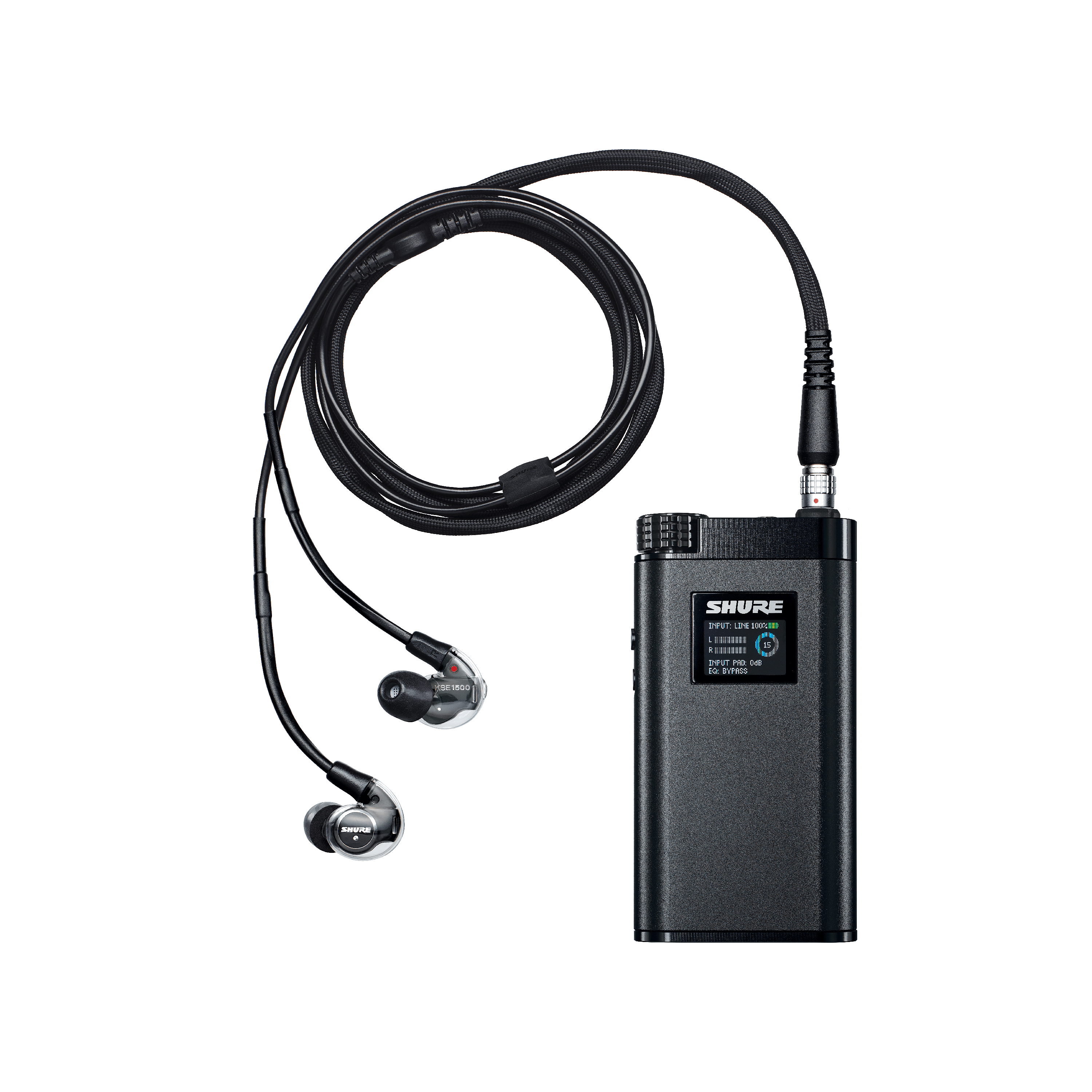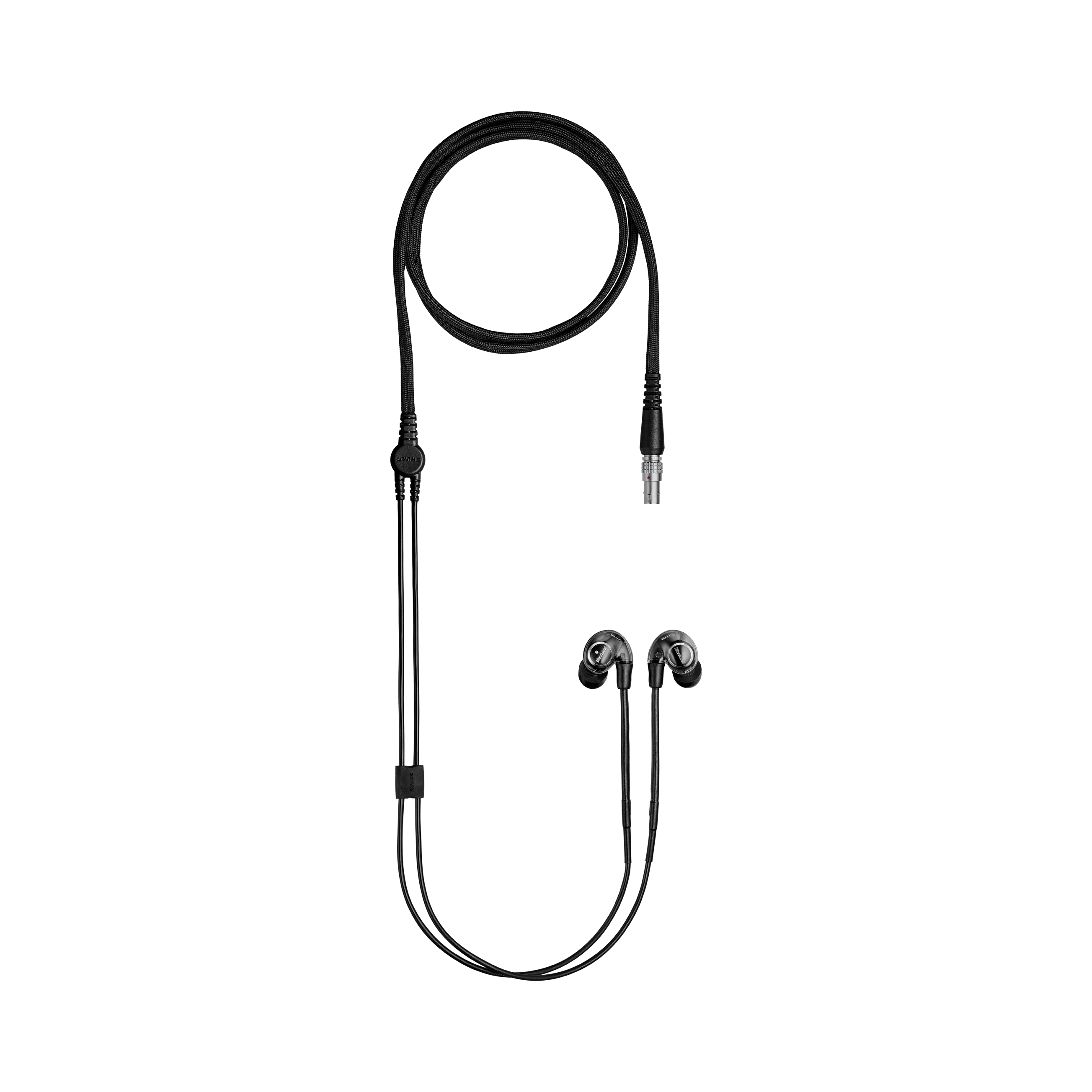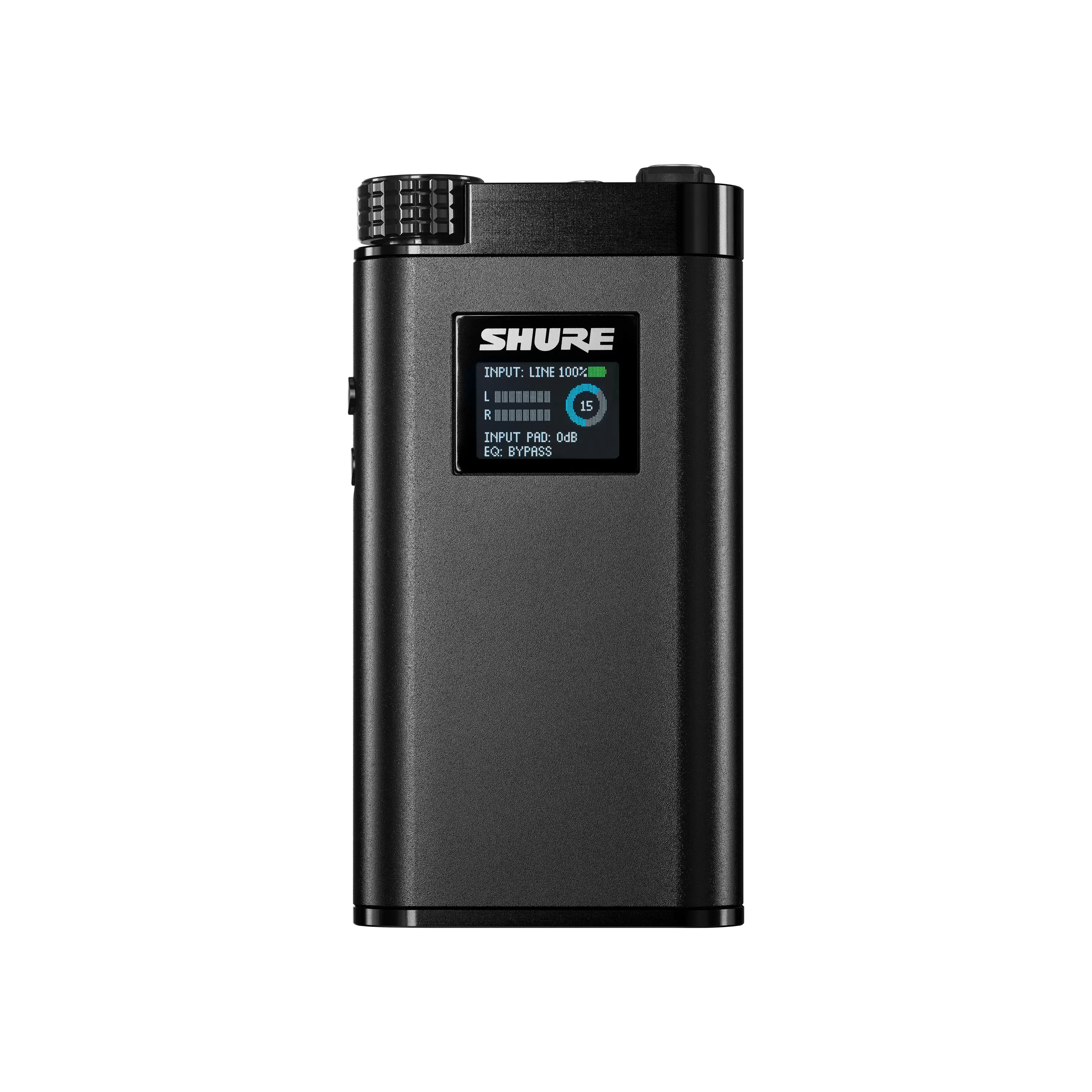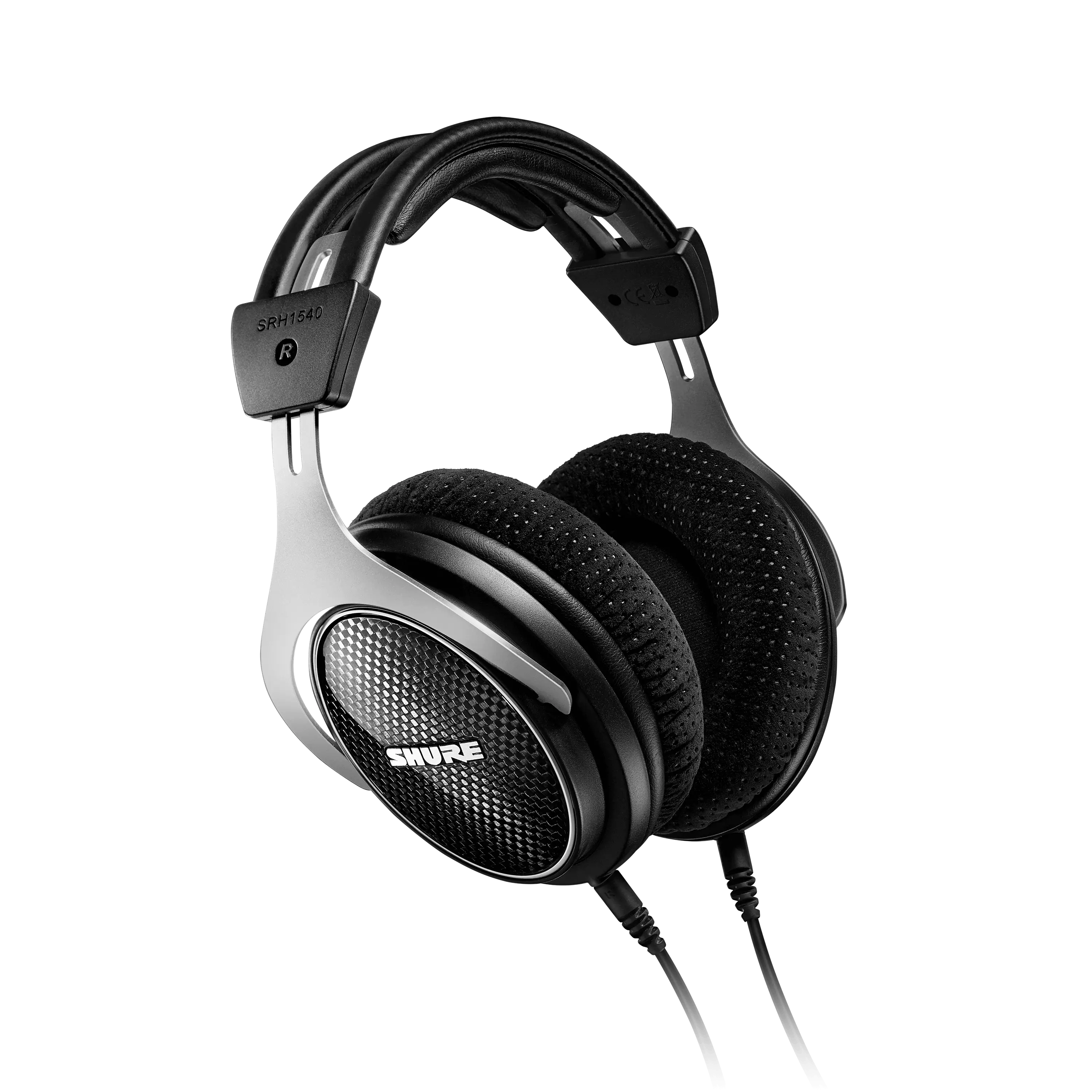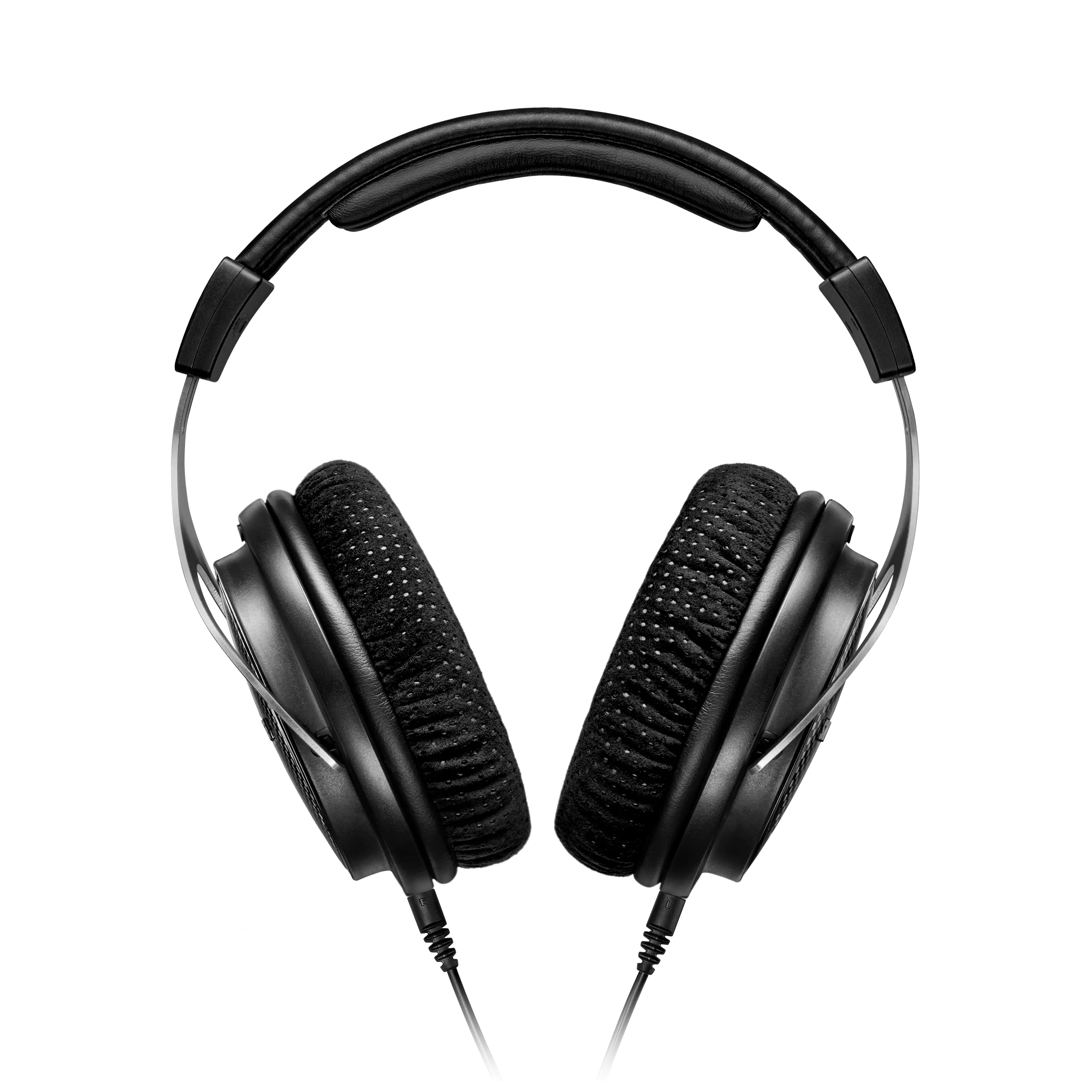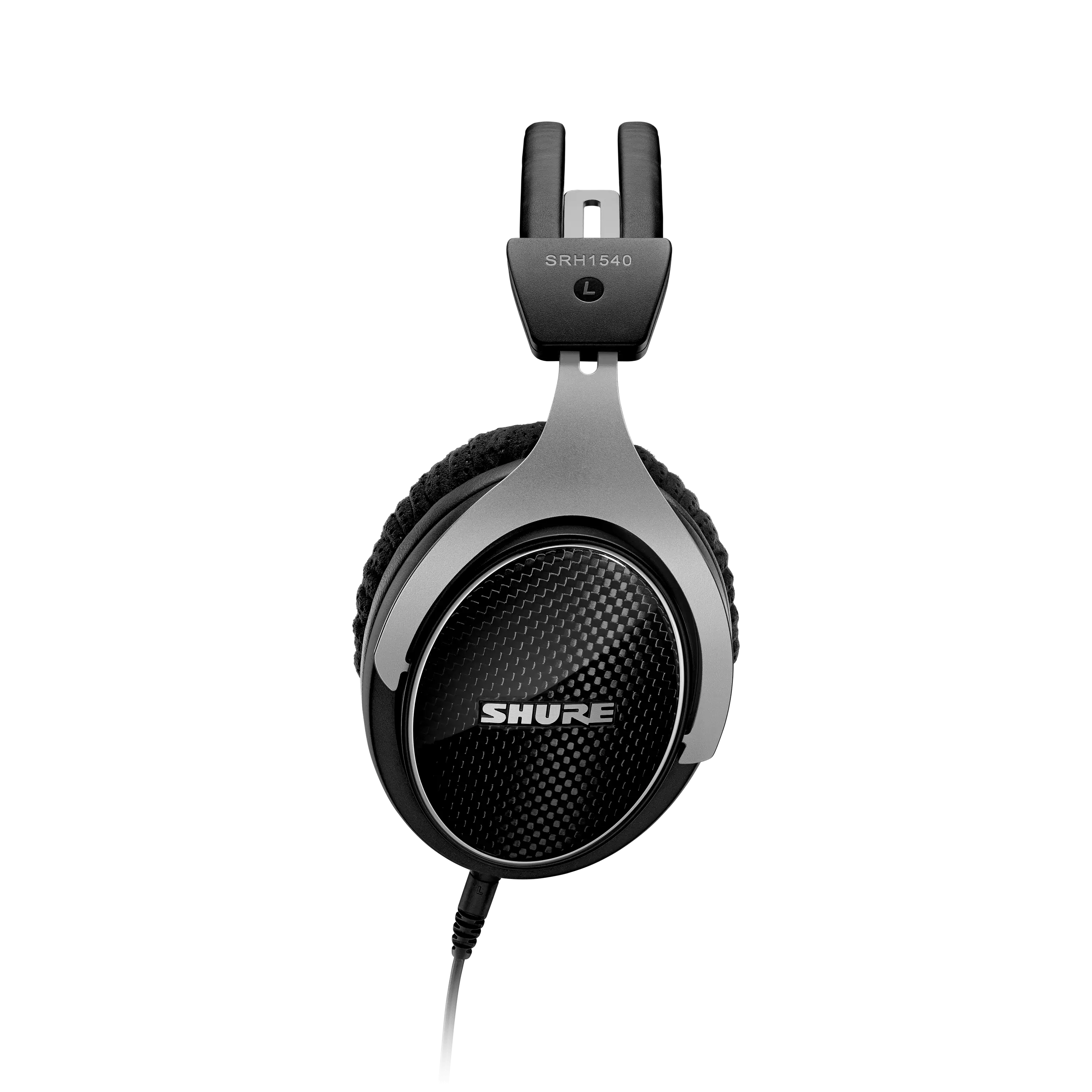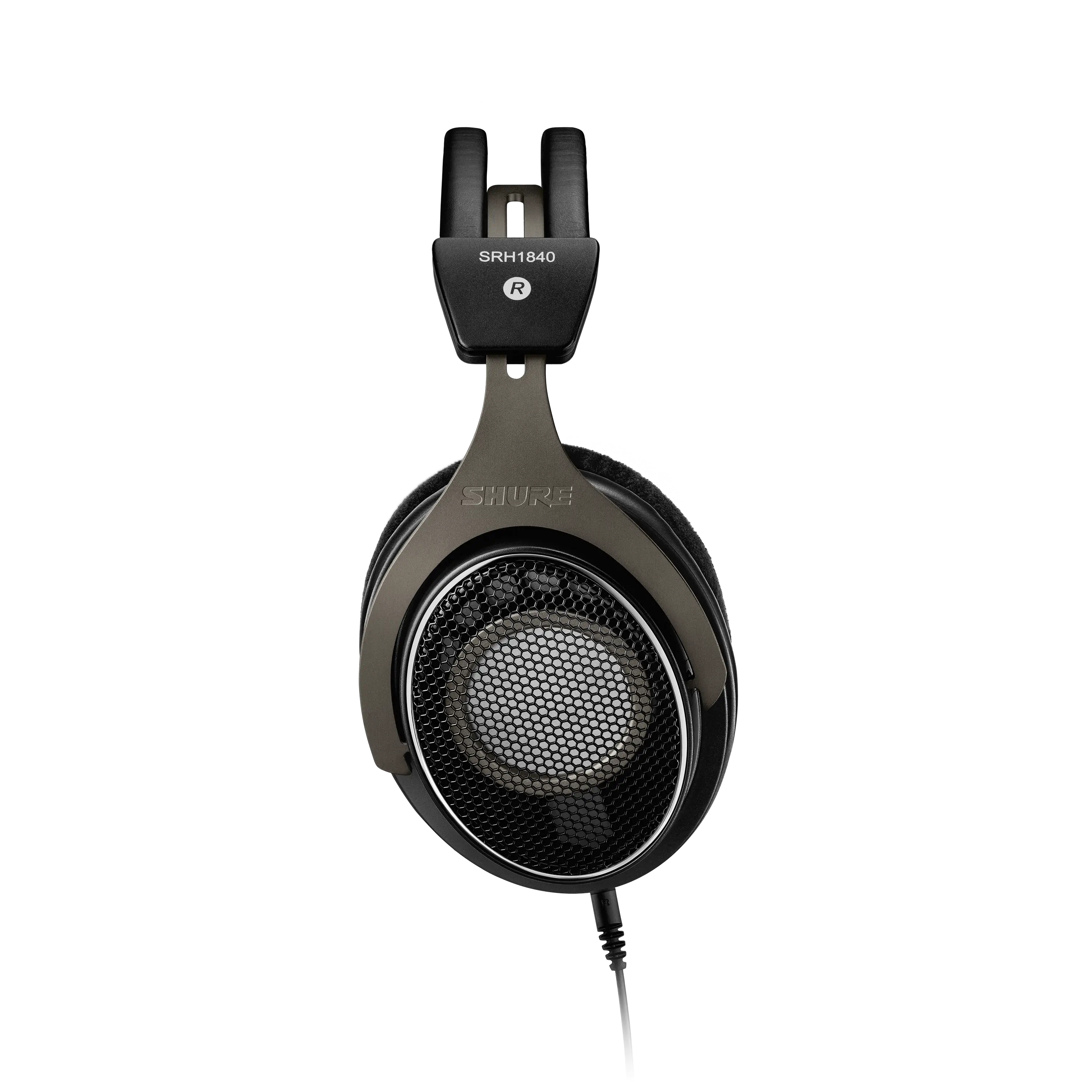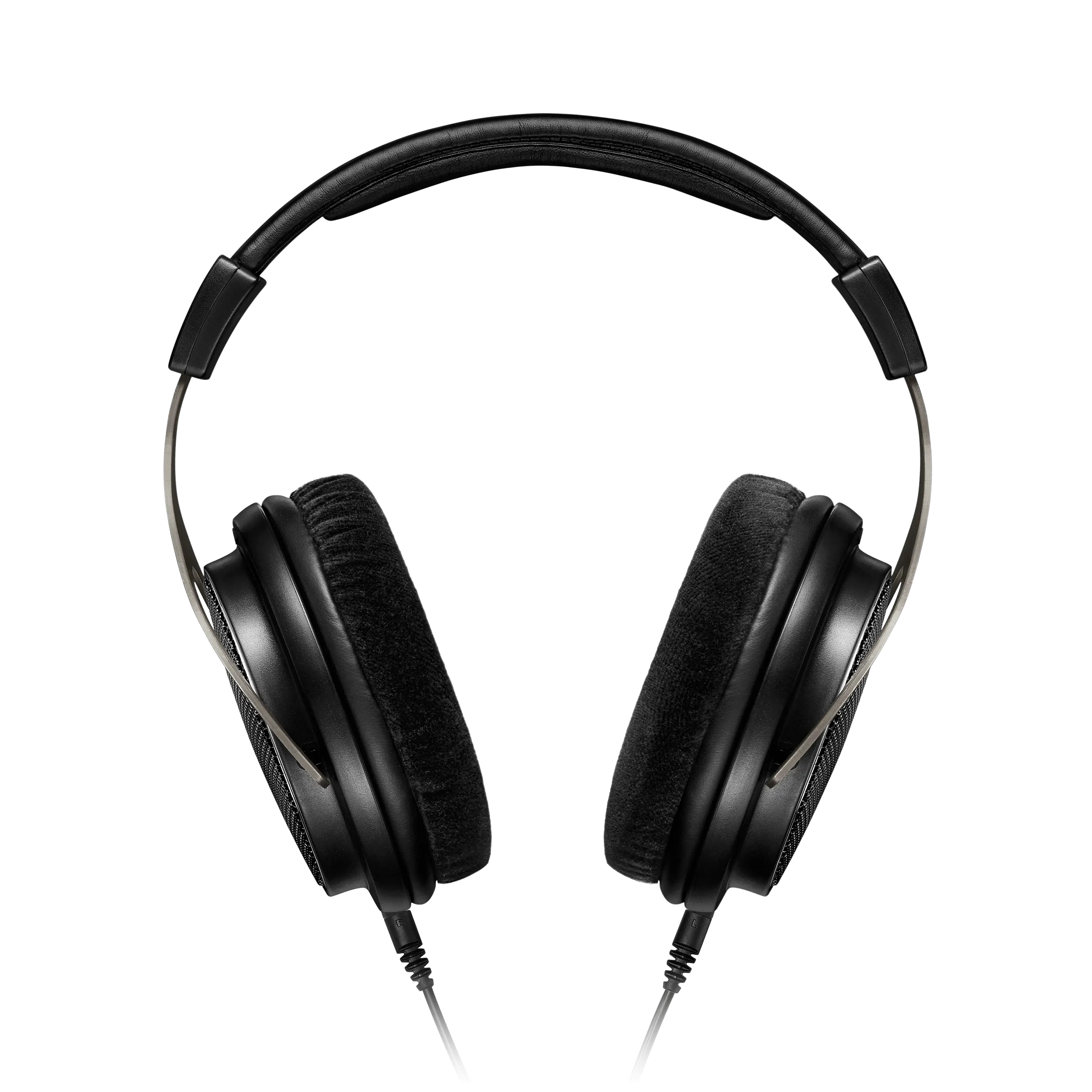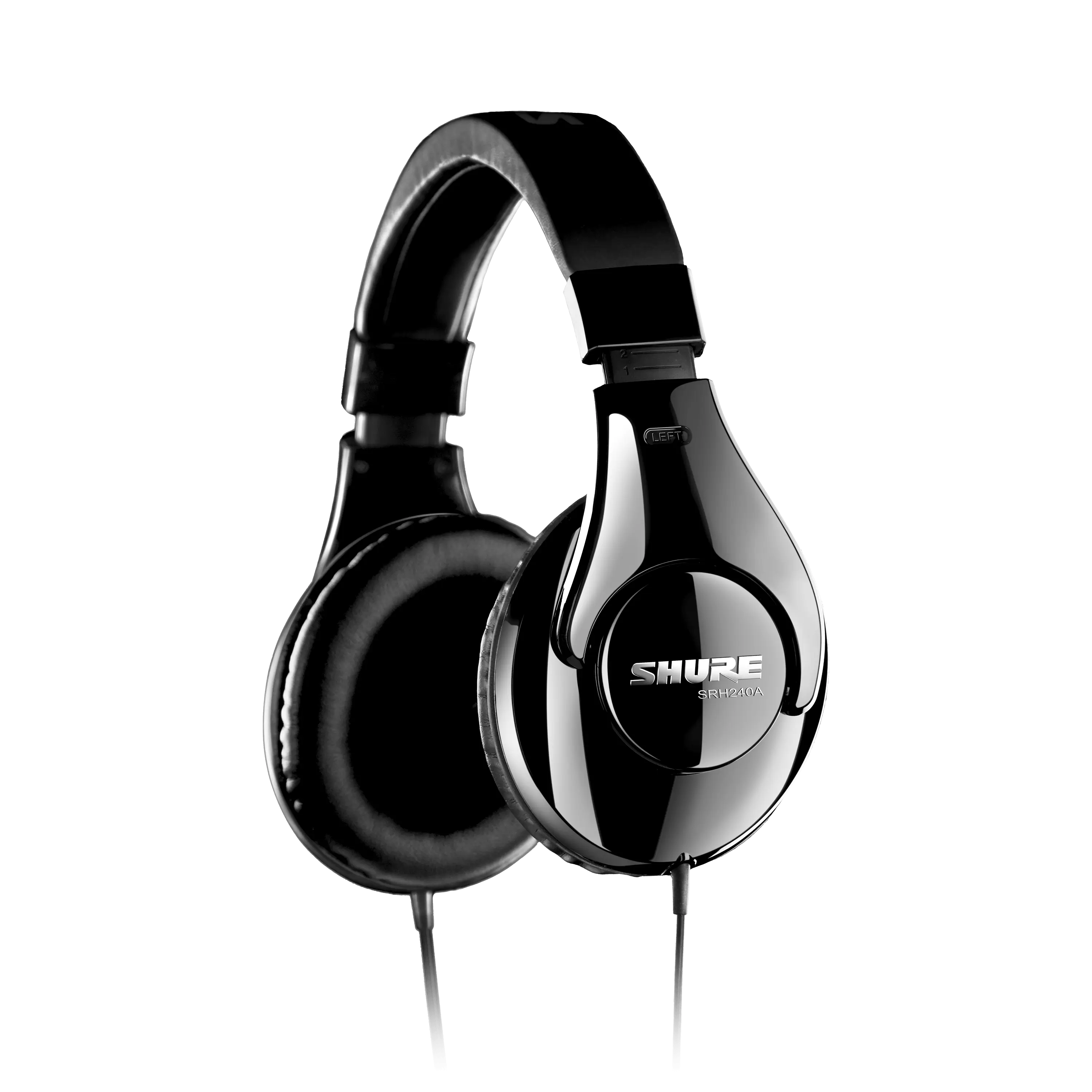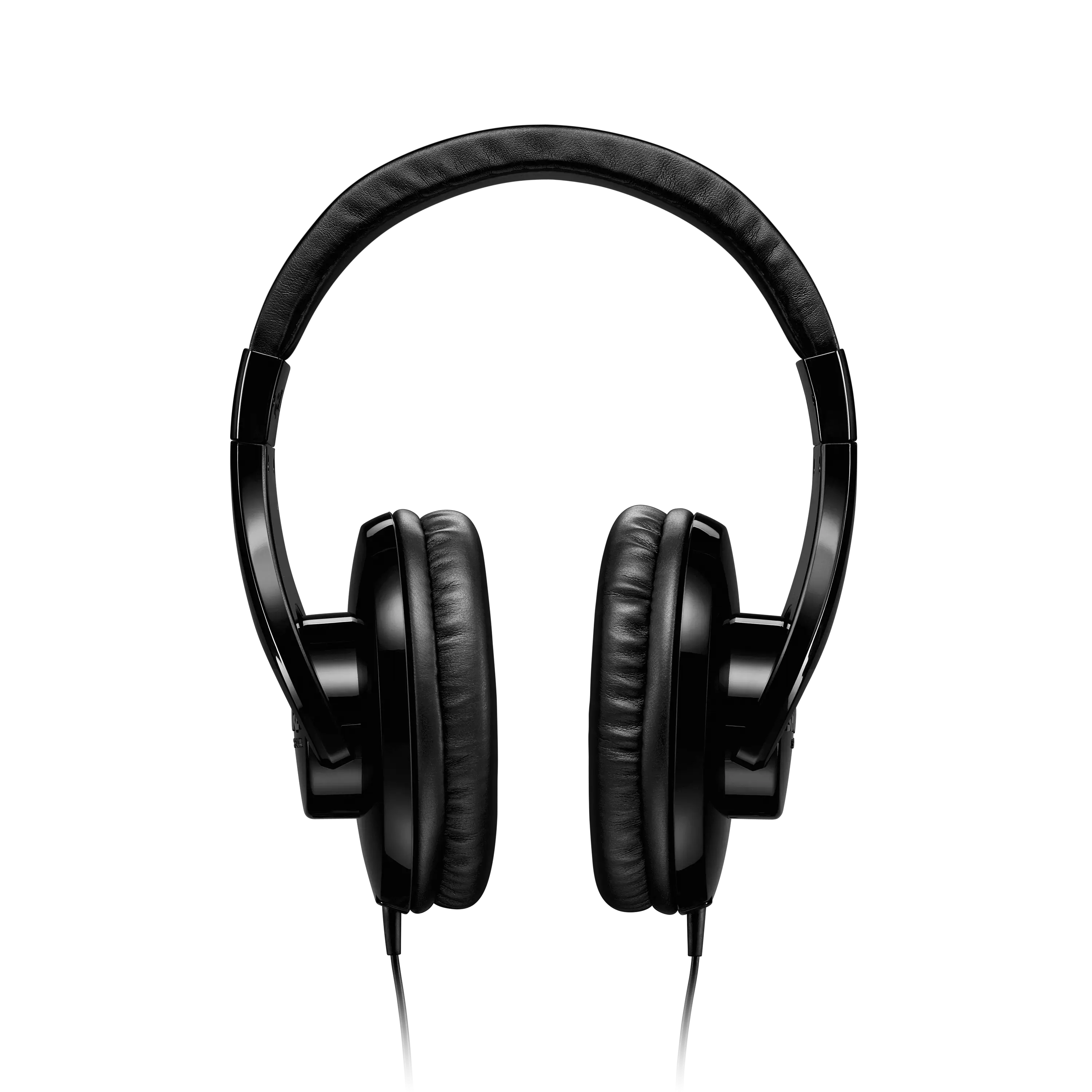Earphone & Headphone Specifications Explained

Earphones and headphones often come with some fairly intimidating spec sheets. This can make choosing the right model for you a little daunting. Thankfully, we've put together a list of the most commonly seen specs to help you make an informed decision.
Frequency Range
This refers to the overall range that an earphone/headphone will operate in. It measures from where it starts to produce sound to the frequency at which it stops producing sound. For example: 10Hz (lowest frequency) - 25KHz (highest frequency).
Frequency Response
This is different to frequency range in that it indicates the overall sound of the headphone. Your spec sheet will usually include a visual demonstration of how the earphone or headphone responds at different frequency ranges. This is perfect for identifying if a product might have more or less bass, mid, or treble.
Not All Ears Are the Same
When considering frequency range and frequency response, it's important to remember that hearing is individual. Regardless of what the specification says, each person will experience the headphone differently based on the inner structure of their ear. Further influences on how the earphone will sound include: style of music, the type of player, and the earphone sleeve you choose.

Sensitivity
(dB SPL/mW Decibels of sound pressure level per milliwatt)
This is a good guide for how loud a product might get when given a certain input power setting. Essentially, each device you plug into will have a different output level, with portable devices typically having the lowest levels acceptable for headphones or earphones. A plugged in device, such as a mixing console, will have ample amounts of power allowing them to drive much louder volumes.
Maximum Input Power
The typical maximum amount of power for studio headphones is around 1 Watt. In some applications, such as DJ equipment, the headphone output can be anything up to 3 Watts. This is a huge amount of power for something that is essentially right next to your ear-drum, and it could risk damaging your product and hearing if misused. In summary, this specification provides a guide to gauge if the product is a good match for what you're plugging it into.
Impedance
Impedance is an electronics term which measures the amount of opposition a device has to an AC current (such as an audio signal). Impedance is important because you want to ensure that your player or source device has an output impedance that is lower (often by a factor of 8). For example if your music player has an impedance of 8Ω then you want to ensure your device has an impedance of around several times this number. In this case 64Ω would be a good rule of thumb to ensure safe operation. This should not be confused with quality, as a high ohms number does not mean it will sound better; it simply means that each headphone is suitable for a certain device or application.
Which Headphone/Earphone Is Right for Me?
Ultimately, all the numbers and figures aside, the best way to determine if a product is right for you is to try them for yourself. You can locate Shure models by visiting our dealer locator.


